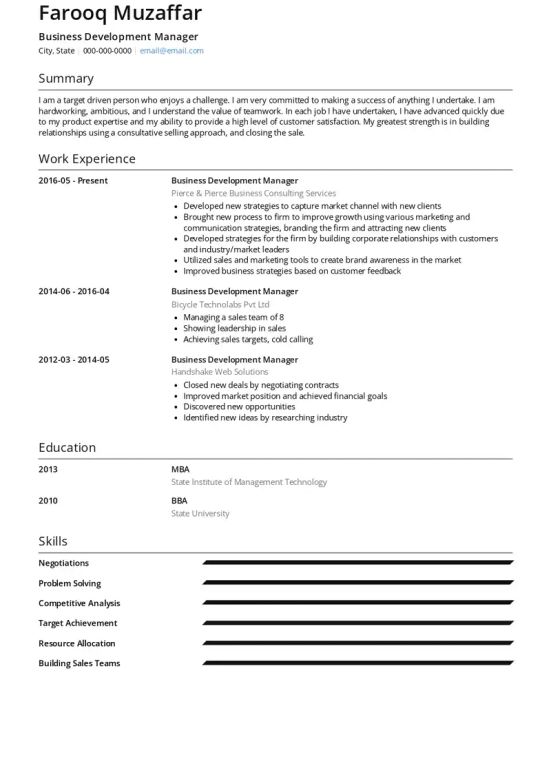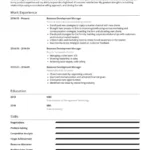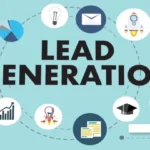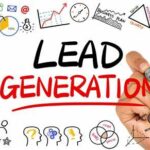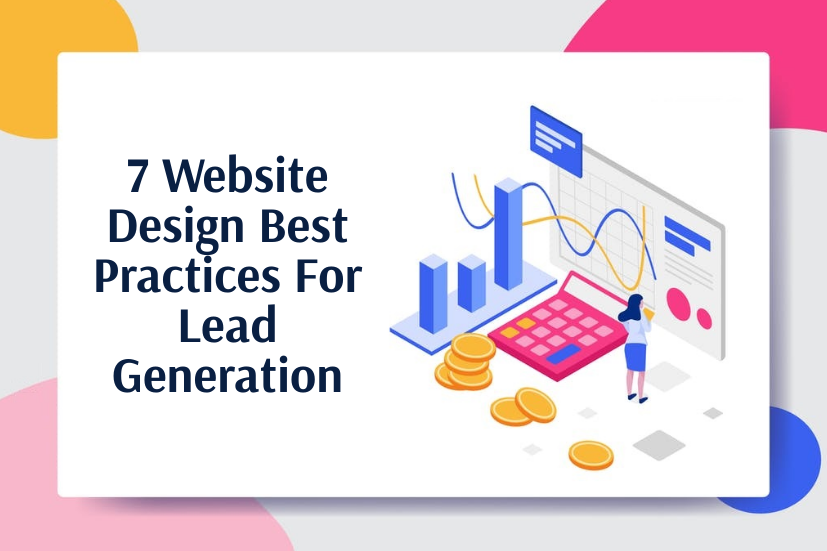
Lead generation is crucial for business growth. A well-designed website can attract potential clients.
Your website is often the first interaction customers have with your business. A captivating design can turn visitors into leads. This blog will explore essential elements of lead generation website design. Learn how to optimize your site for better conversion rates.
Understand the importance of user experience and functionality. Discover tips to make your website a lead-generating powerhouse. By the end, you’ll know how to design a site that not only attracts visitors but also converts them into valuable leads. Stay tuned for practical advice and actionable steps. Let’s get started on creating a lead generation website that works for you.
Introduction To Lead Generation Websites
Lead generation websites are essential for businesses seeking to grow and attract new customers. These websites are designed to capture visitor information and turn them into potential leads. They are a crucial part of any successful marketing strategy.
Importance For Businesses
Lead generation websites play a vital role in business growth. They help businesses find new customers and expand their reach. A well-designed lead generation website can:
- Increase sales opportunities
- Build a strong customer base
- Improve marketing efforts
- Enhance customer engagement
Businesses that invest in lead generation websites often see an increase in revenue. These websites help capture valuable customer data. This data can be used to create targeted marketing campaigns.
How They Work
Lead generation websites use various methods to capture visitor information. Here are some common elements:
| Element | Description |
|---|---|
| Landing Pages | Dedicated pages to capture leads with forms. |
| Call-to-Actions (CTAs) | Buttons or links that encourage visitors to take action. |
| Forms | Simple forms to collect visitor information. |
| Lead Magnets | Incentives like eBooks or discounts to attract leads. |
These elements work together to convert visitors into leads. A visitor lands on the website and sees a compelling CTA. They fill out a form to receive a lead magnet. Their information is then captured and stored in a database.
Lead generation websites also use analytics tools. These tools track visitor behavior and optimize the website for better conversions. Businesses can use this data to improve their marketing strategies.
In summary, lead generation websites are a powerful tool. They help businesses grow and succeed by capturing valuable leads.
Key Elements Of Effective Design
A well-designed lead generation website needs several key elements. These elements help attract visitors, engage them, and convert them into leads. Let’s explore two vital components: a user-friendly interface and compelling calls to action (CTAs).
User-friendly Interface
A user-friendly interface is crucial for a lead generation website. It ensures visitors can navigate the site easily and find what they need quickly. Here are some essential aspects:
- Clear Navigation: Menus should be simple and easy to understand.
- Responsive Design: The website should work well on all devices.
- Fast Load Time: Pages should load quickly to keep visitors engaged.
- Consistent Layout: Similar elements should be placed consistently across pages.
These features enhance the user experience. They reduce frustration and keep visitors on the site longer.
Compelling Ctas
Compelling CTAs are key to converting visitors into leads. A CTA prompts visitors to take a specific action, such as signing up for a newsletter or requesting a quote. Here are some tips for creating effective CTAs:
- Clear and Concise: Use simple language that tells users exactly what to do.
- Visible Placement: Place CTAs where they are easily seen, such as at the top of the page.
- Engaging Design: Use contrasting colors and large buttons to make CTAs stand out.
- Value Proposition: Explain what the user will get by clicking the CTA.
Effective CTAs drive action. They guide visitors towards becoming leads.
Optimizing User Experience
Optimizing user experience is crucial for a successful lead generation website. A positive user experience keeps visitors engaged and encourages them to take action. In this section, we will explore key strategies to enhance user experience, focusing on navigation best practices and mobile responsiveness.
Navigation Best Practices
Easy navigation is essential for user satisfaction. Clear and simple menus guide users to important information. Use familiar labels like “Home,” “About,” and “Contact” to avoid confusion. Place the main menu at the top of the page where users expect it. Ensure links and buttons are easy to find and click. Use a logical structure for your pages, grouping related content together.
Include a search bar for larger sites. This helps users find specific information quickly. Breadcrumbs can also be helpful. They show users their current location within the site and how they got there. Keep the navigation consistent across all pages. This builds trust and makes the site easier to use.
Mobile Responsiveness
More people browse the internet on mobile devices. Your lead generation website must be mobile-friendly. A responsive design adjusts to different screen sizes automatically. This ensures a good experience on smartphones and tablets. Use large, readable fonts and easy-to-click buttons. Avoid using small text or crowded layouts.
Test your website on various devices. Check for loading speed and functionality. Mobile users are impatient. A slow site can drive them away. Optimize images and scripts for faster loading. Ensure forms are easy to fill out on a small screen. This is crucial for lead generation.
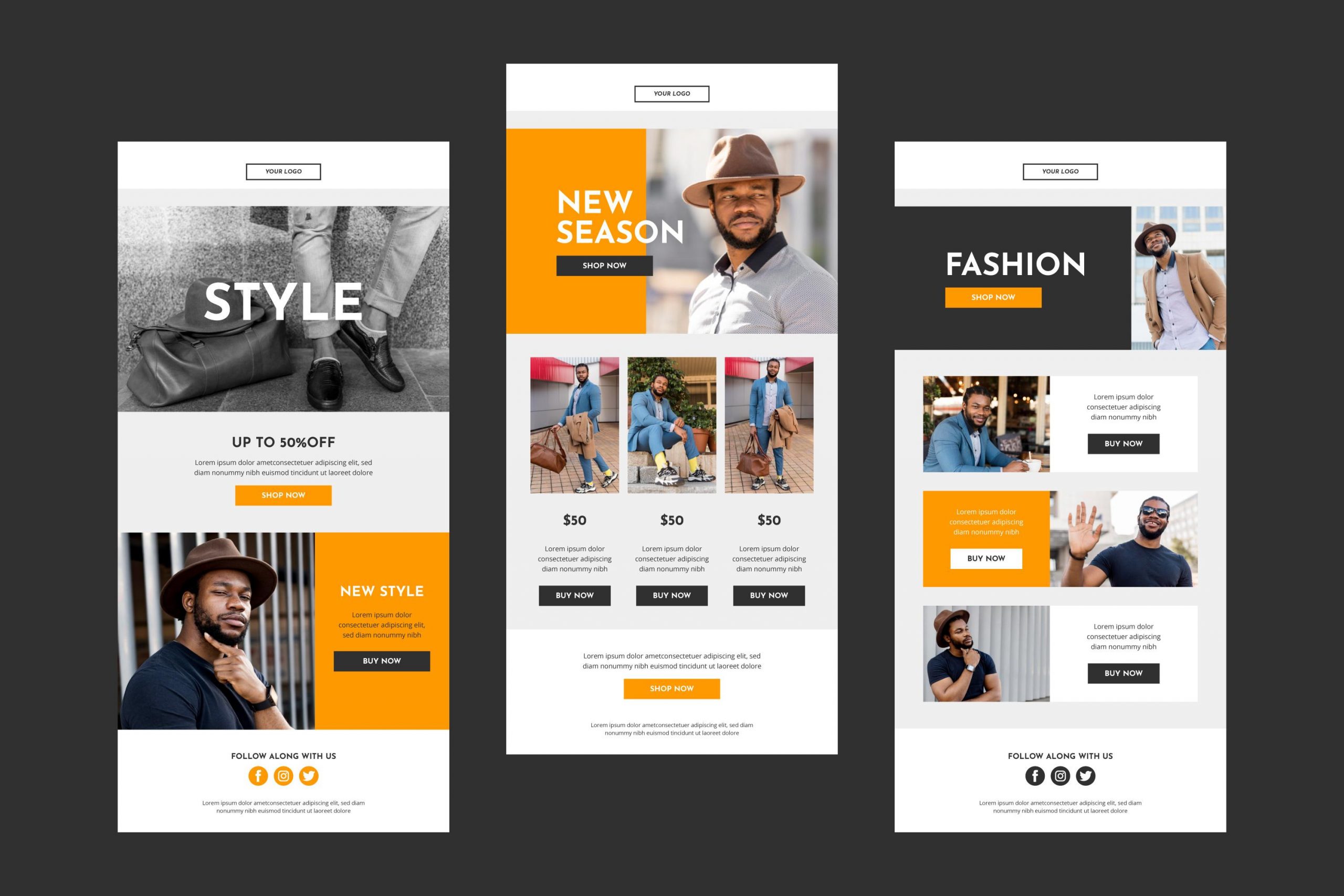
Credit: www.ocreations.com
Content Strategies For Engagement
Creating a lead generation website involves various strategies to engage your audience. One of the most effective ways is through well-thought-out content strategies. These strategies help to capture interest and encourage action. Let’s explore some key approaches under content strategies for engagement.
High-quality Content
Content quality is crucial. It should be informative, clear, and relevant. High-quality content builds trust and shows your expertise. Use simple language to explain complex topics. This approach ensures your audience understands and stays engaged. Include practical tips and real-life examples. These make your content relatable and useful.
Personalized Messaging
Personalized messages resonate more with visitors. Use data to tailor content to individual needs. Address specific pain points and offer solutions. Personalization helps in building a connection. It makes the audience feel valued and understood. Use names and specific details where appropriate. This approach enhances the user experience.
Seo Techniques For Better Visibility
Creating a lead generation website requires more than just a good design. To attract potential customers, your website needs to be visible in search engine results. This is where SEO techniques come into play. By optimizing your website for search engines, you can improve its visibility and drive more traffic. Let’s delve into some key SEO techniques for better visibility.
Keyword Optimization
Keywords are the terms people type into search engines. Including relevant keywords in your content helps search engines understand your website. Use tools like Google Keyword Planner to find the right keywords. Place these keywords naturally within your content, titles, and meta descriptions. Avoid keyword stuffing, as it can harm your rankings. Focus on creating informative and valuable content that includes your keywords.
On-page And Off-page Seo
On-page SEO involves optimizing elements on your website. This includes your content, HTML code, and images. Ensure your titles and headings are clear and include keywords. Use alt text for images to describe them to search engines. Improve your site’s loading speed and ensure it’s mobile-friendly. These factors contribute to a better user experience, which search engines reward.
Off-page SEO focuses on activities outside your website. This includes building backlinks from reputable sites. Backlinks act as votes of confidence for your site. Engage in guest blogging and collaborate with influencers. Share your content on social media platforms to increase its reach. The more quality backlinks you have, the higher your site will rank.
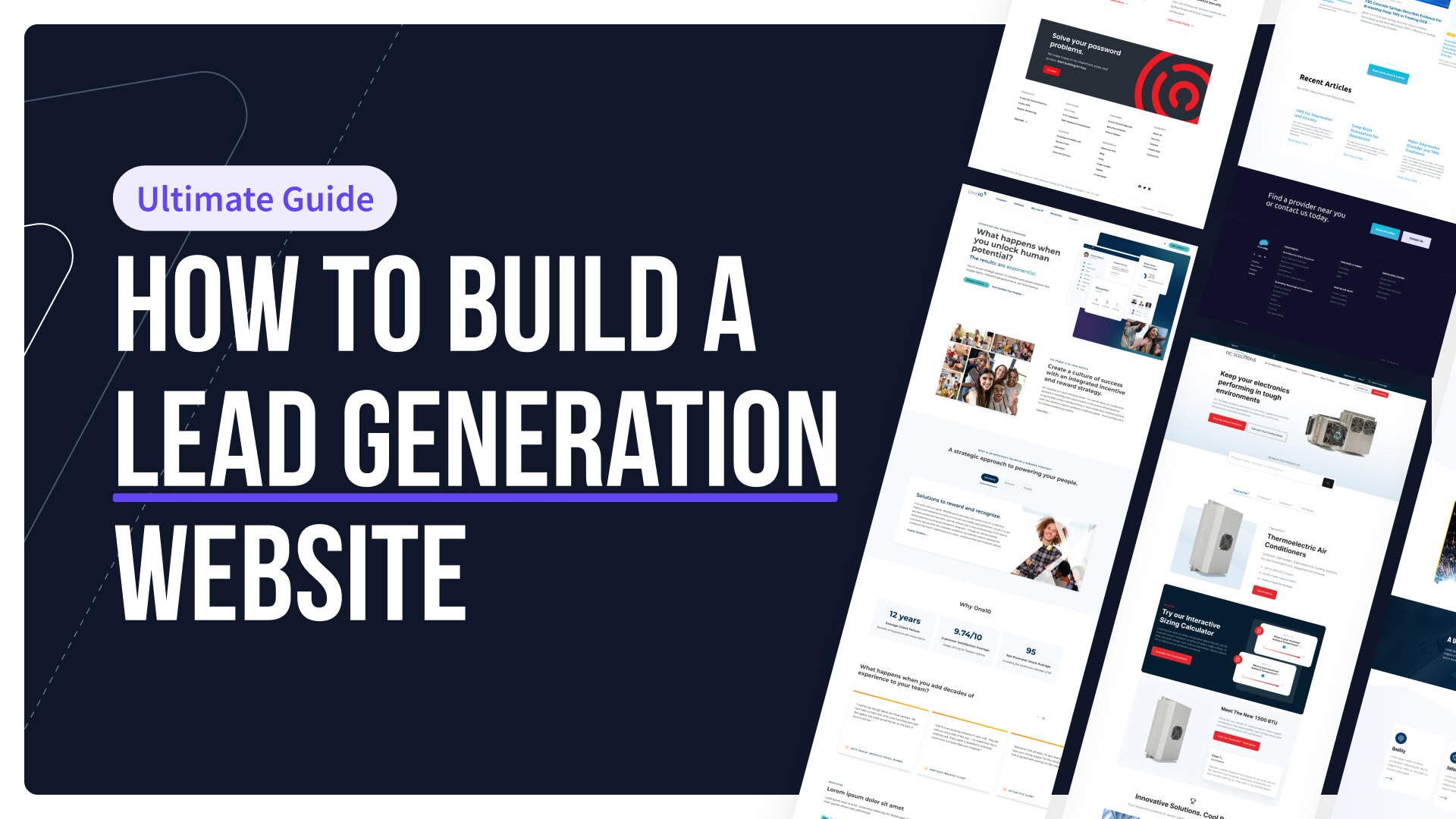
Credit: www.getsmartacre.com
Integrating Social Proof
Integrating social proof into your lead generation website design can increase trust. It helps visitors feel confident about your service. Social proof shows that others trust and value your business. This can lead to more conversions. Let’s explore two powerful types of social proof: customer testimonials and case studies.
Customer Testimonials
Customer testimonials are powerful. They show real experiences from actual users. Highlight positive feedback on your website. Place them where visitors can easily see. Use short, impactful quotes. Include the customer’s name and photo if possible. This adds a personal touch. Make sure testimonials are genuine. Fake reviews can damage trust.
Case Studies
Case studies provide detailed success stories. They show how your service helped solve problems. Use real numbers and specific details. Show the steps taken and the results achieved. Include quotes from satisfied customers. This makes the case study more relatable. Display them prominently on your website. They can be a deciding factor for potential leads.
Conversion Rate Optimization Tips
Conversion Rate Optimization (CRO) is crucial for lead generation websites. It helps turn visitors into customers. Small changes can make a big difference. Below are some tips to optimize your site.
A/b Testing
A/B testing is a method to compare two versions of a webpage. It helps identify which version performs better. Create two versions of a page. Change one element on the second version. This can be a headline, button color, or image. Send half of your traffic to version A. Send the other half to version B. Measure which version converts more visitors.
Use data to decide the winning version. Repeat this process. Constantly test and improve your site. A/B testing helps understand what your audience prefers.
Analyzing User Behavior
Analyzing user behavior is essential. Tools like Google Analytics can help. Track how users interact with your site. Identify pages with high bounce rates. Understand where users drop off in the conversion process.
Use heatmaps to see where users click. These insights help improve user experience. Make data-driven decisions. Improve elements that cause friction. Simplify the navigation. Ensure your site is user-friendly.
Tools And Resources
Designing a lead generation website requires the right tools and resources. These tools help create an engaging and effective site. They also provide insights to improve your strategies. Below are some essential tools and resources for lead generation website design.
Popular Design Tools
Several design tools can enhance your website’s look and functionality. Adobe XD offers a user-friendly interface for creating wireframes and prototypes. It helps visualize your site’s layout before development.
Figma is another excellent tool. It allows real-time collaboration. Teams can work together on designs, making the process more efficient. It is ideal for remote teams.
Canva simplifies graphic design. It is perfect for creating banners, social media images, and other visual content. Its drag-and-drop feature is easy to use.
Analytics And Monitoring
Understanding visitor behavior is crucial. Google Analytics provides detailed insights into your website’s performance. It tracks user activity, traffic sources, and conversion rates.
Hotjar offers heatmaps and session recordings. These tools help identify areas of your site that need improvement. They show where users click and how they navigate your site.
SEMrush is beneficial for monitoring SEO performance. It helps identify keywords and backlinks. This information can improve your site’s visibility in search results.
Case Studies And Success Stories
Understanding how others have succeeded can offer valuable insights. Case studies and success stories in lead generation website design provide real-world examples and lessons learned. These can guide your efforts and improve your own results.
Real-world Examples
Let’s explore some real-world examples of successful lead generation websites. These examples highlight key elements that drive conversions and engage users.
| Company | Approach | Results |
|---|---|---|
| Company A | Optimized landing pages | Increased leads by 30% |
| Company B | Interactive forms | Improved user engagement |
| Company C | Personalized content | Higher conversion rates |
Lessons Learned
From these examples, several lessons can be drawn. Here are some key takeaways:
- Optimize landing pages for clarity and simplicity.
- Use interactive forms to engage users.
- Personalize content to meet user needs.
- Test different approaches to find what works best.
- Measure results to understand impact.
- Adapt strategies based on feedback and data.
Future Trends In Lead Generation
Future trends in lead generation are evolving rapidly. New technologies are reshaping how businesses attract and convert leads. Staying updated with these trends is crucial. It helps in maintaining a competitive edge in the market.
Ai And Automation
Artificial Intelligence (AI) is transforming lead generation. AI tools can analyze vast amounts of data quickly. They identify patterns and predict customer behavior. This helps in targeting potential leads more accurately.
Automation streamlines repetitive tasks. It saves time and reduces human error. Automated systems can send personalized emails and follow-ups. They ensure no lead is missed. This increases efficiency and improves lead conversion rates.
Personalization Techniques
Personalization is key in modern lead generation. Customers expect tailored experiences. Personalized content engages users better. It makes them feel valued and understood.
Using data, businesses can create personalized messages. This can include addressing customers by name. Recommending products based on past behavior is also effective. These techniques build stronger connections with potential leads.

Credit: www.ironpaper.com
Conclusion
A well-designed lead generation website boosts business growth. Clear calls-to-action guide visitors effectively. Engaging content keeps them interested. Mobile responsiveness ensures easy access for all users. Fast loading times enhance user experience. Trust signals build credibility and confidence. Regular updates keep the site fresh.
Analytics help track performance and optimize strategies. By focusing on these elements, your website can attract and convert more leads. Remember, simplicity and clarity are key. Invest time in good design, and watch your leads grow.
